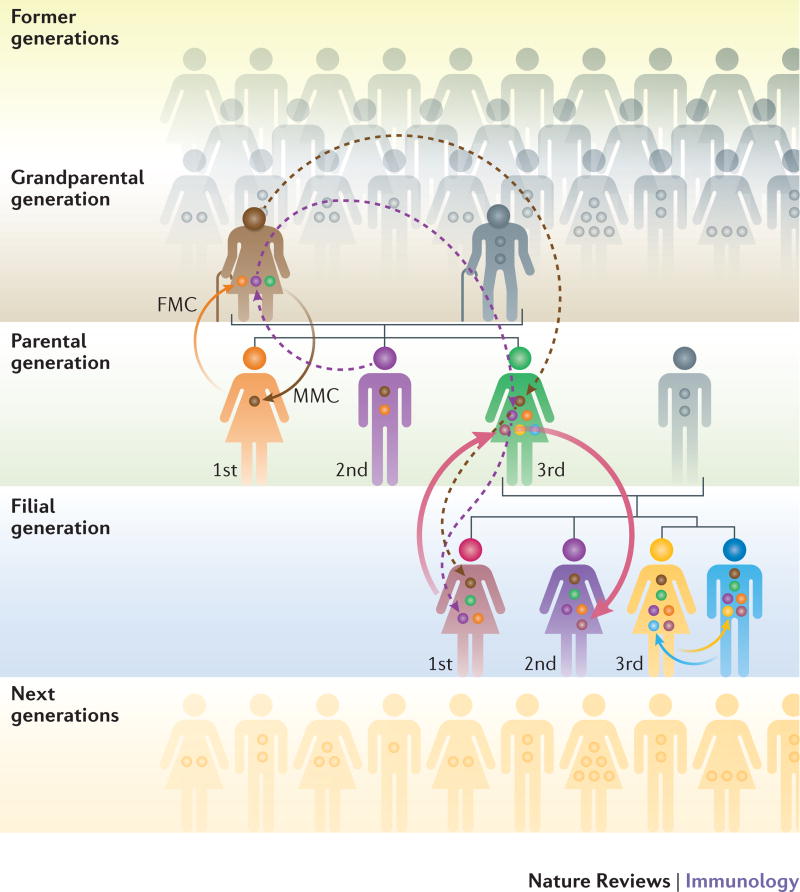Fig. 2. Familial sources of microchimeric cells that establish the ‘microchiome’.
The bidirectional transfer of genetically foreign cells between a mother and her fetus results in fetal microchimerism (FMC) in the mother (orange arrow) and maternal microchimerism (MMC) in the offspring (brown arrow). In addition to vertical transfer of maternal cells to next-generation (filial) offspring, it is also possible that cross-generational transfer of microchimeric cells from the maternal grandmother may occur (dashed brown and dashed dark blue arrows). As mothers receive genetically distinct fetal microchimeric cell populations in each successive pregnancy, microchimeric cells from older siblings may also be transferred into younger siblings (pink arrow). This exchange of genetically foreign cells may also occur in utero between dizygotic twins (yellow and light blue arrows). Thus, females are the primary reservoirs for transferring microchimeric cells between past and future generations, and the diversity of microchimeric cells in each individual, or their ‘microchiome’, is likely further influenced by birth order and parity.

